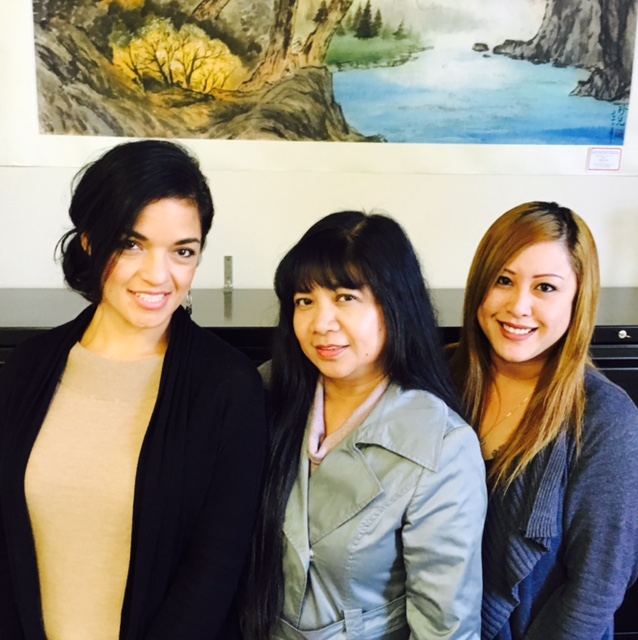
Meet the Matchmakers
Stanford Blood Center’s Special Donations department is a small office of four cubicles. A large whiteboard takes up an entire wall of the room, and is covered in meticulous handwriting in a rainbow of colors. A good portion of the board is devoted to a numbered list of patients and their blood type. The #1 spot is held by a long-time patient undergoing regular transfusion therapy for sickle cell disease. This patient has a very rare antigen, and requires a specific phenotype match for transfusion. Next to the patient’s name is another name – a donor’s name – and this top row hasn’t changed in years.
“When the patient comes in, we call the donor, and she comes in, too,” says Lupe Alcantar, Special Donations Specialist. “She is the only donor we can get blood from for this patient. She keeps her alive.”
This is just one example of the work done by the Special Donations department. The job of this trio is to find the right product (red cells or platelets, for example) for the right patient at the right time. To do this sometimes requires matching donors to patients based on phenotype (for red cells) or HLA type (for platelets).
Most patients can receive blood products from community donors; but when a patient isn’t responding to treatment through a community blood donation, a more specific match is needed. Beyond the ABO/Rh blood group system there are minor blood types, and these hold the secret to finding the right donors to call upon for a patient’s red cell transfusion.
All red cells have antigens on the surface. An antigen is a protein or carbohydrate substance that is recognized by the body as foreign that stimulates an immune response. If a patient is missing an antigen that most donors have, there is the potential for transfusion complications if the minor blood type is not matched.
When platelets are needed, an HLA match might be in order. HLA, or Human Leukocyte Antigens, are found on the surface of white cells. Patients in need of HLA-matched platelets include those in treatment for cancer, blood disorders, or aplastic anemia. In these cases, a tube of blood is taken from the patient, tested, and then our existing database is searched for a match.
These database searches are made one patient at a time, in a small office at Stanford Blood Center. If Lupe calls, you might be a match!
